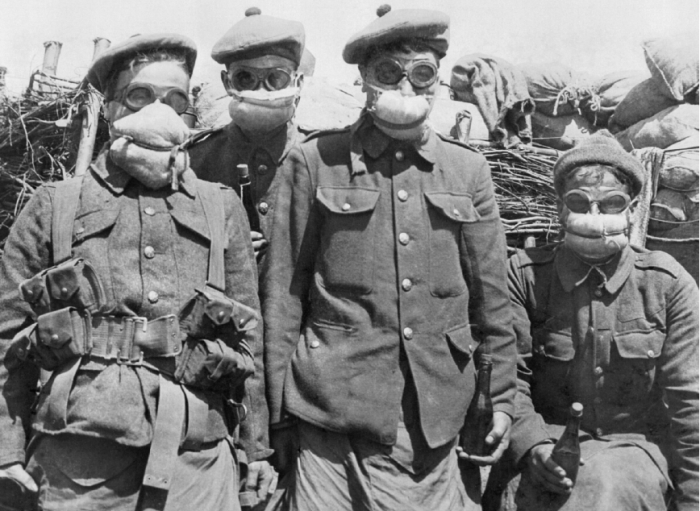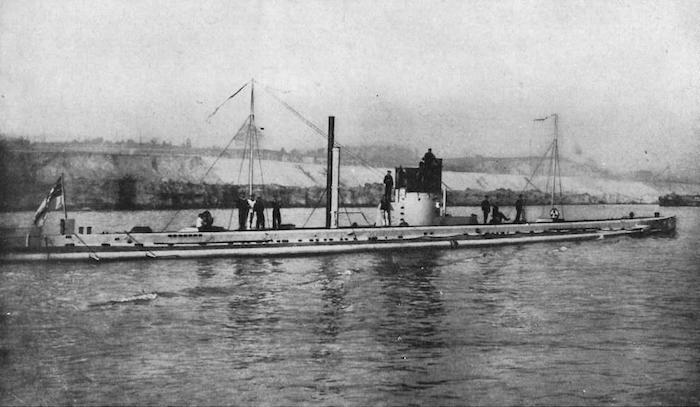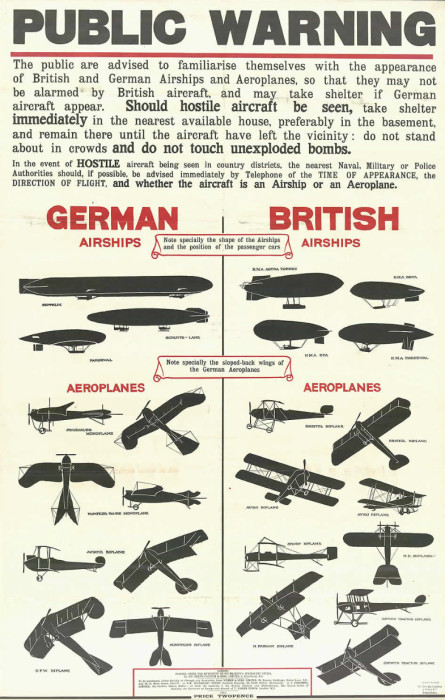Phantom airship tales from Rat City
I’m featured in the latest episode of the podcast Tales from Rat City, which is focused on unusual and sometimes bizarre aspects of the history of Ballarat, Victoria’s third largest city (if you’ve heard of the Eureka Stockade, well, that’s where that was). It’s run by David Waldron (a historian at Federation University who co-authored […]









